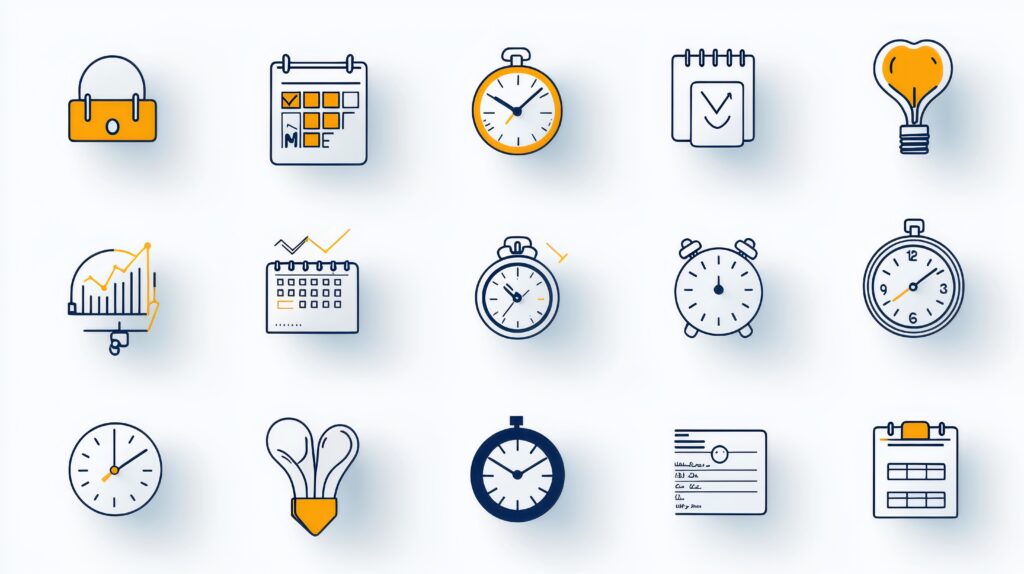If you have ADHD, you probably want to feel more in control of your time, tasks, and life. You want to get things done, show up on time, and stop feeling so scattered. So, what do many people do? They start searching for the perfect planner, calendar, app, or system. Maybe they buy a digital calendar, download five new apps, get a fancy paper planner, start color-coding everything, and even try habit trackers.
At first, it feels exciting. These tools seem to promise structure and success. You feel hopeful. You believe that this time—this new system—will finally fix everything.
But soon, things get messy.
You forget to check one app because you’re using another. Your paper planner has half-written tasks that don’t match your calendar. You open your phone to check a reminder and end up scrolling Instagram. Before long, you feel behind again.
This is what happens when you overload on productivity tools.
Why This Is a Mistake for ADHD Brains
People with ADHD already struggle with working memory, organization, and decision-making. Too many tools can overload the brain. Every app or planner you add is another thing to remember, another decision to make, and another step in your day.
Instead of simplifying your life, using five different tools makes it more complicated.
You might spend more time managing your tools than actually doing the things you need to do. You check a to-do list in one app, then realize your schedule is on another. You’re not sure which task to start because every tool says something different.
Soon, the tools you hoped would help you feel more focused actually become another source of stress.
Why People Fall Into This Trap
It’s easy to see why this happens.
People with ADHD want to feel better. They want to succeed. And the world tells us there’s a tool for everything. The ads make it look easy: “Just use this app and you’ll stay focused!” “Buy this planner and never forget a task again!”
And for a little while, it works. New things are stimulating. You feel like you’re doing something to help yourself. You feel hopeful.
But the truth is, the tool is never the solution by itself. The mistake comes from believing that a new system will be the cure, without addressing the patterns underneath. When the excitement wears off, the same challenges show up again.
So, the search for the “perfect system” continues. More apps. More planners. More burnout.
What Happens When You Stop Overloading
Let’s imagine you stop jumping from one tool to the next. You stop chasing the perfect productivity system. You stop filling your day with more things to manage.
At first, this might feel scary. You might feel exposed without all your tools. You might even feel like you’re doing “less.”
But over time, something shifts.
Your brain gets a break. You begin to see the patterns that were buried under the clutter. You stop wasting time organizing and re-organizing your to-do list. You realize how much time you spent setting things up, downloading, syncing, color-coding—and how little actually got done.
You also start to notice which tools never really worked in the first place.
And with fewer things to manage, your mind has more space. You may not feel completely in control, but you’re no longer distracted by shiny new tools that promise quick fixes.
This isn’t about finding the one right app or planner. It’s about recognizing that more tools don’t always mean more help—especially with ADHD.
If this sounds familiar, you’re not alone. ADHD brains crave clarity and simplicity—but often get pulled into chaos in the name of “getting organized.”
Want to learn what actually helps?
Download your free ADHD guide today and start your journey toward clearer focus and better structure:
👉 https://adhdcoachingsolution.com/get-your-free-adhd-guide/
